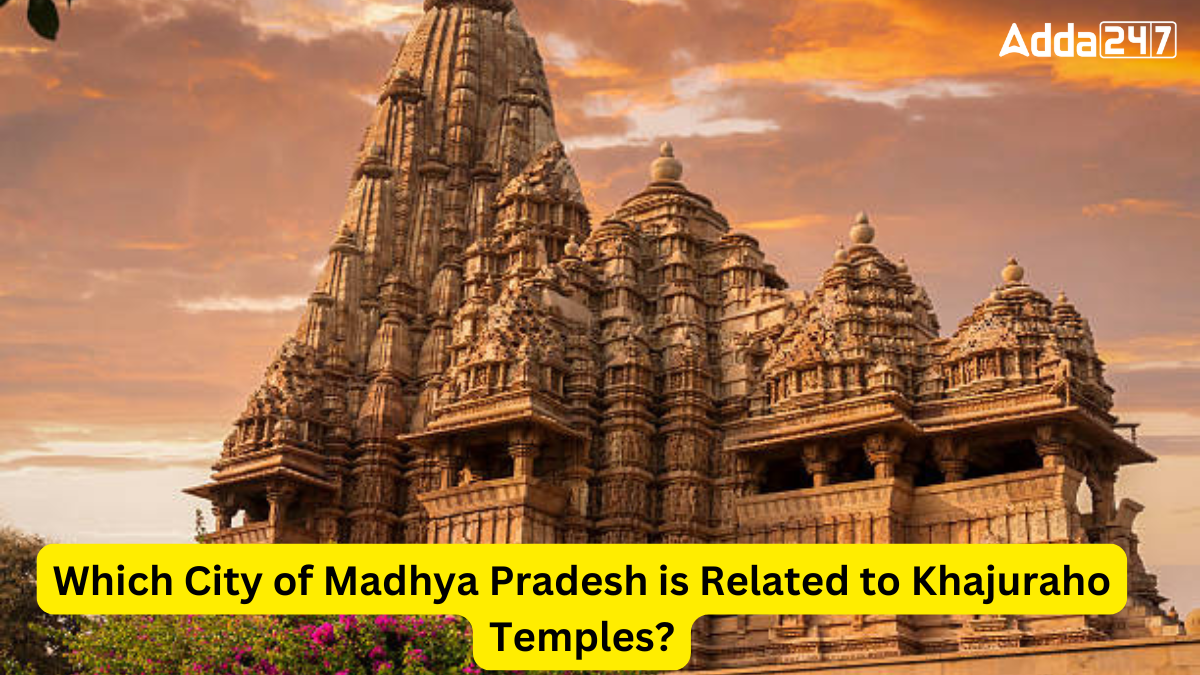Madhya Pradesh, often referred to as the “Heart of India,” is home to the famous Khajuraho temples, known for their stunning architecture and intricate sculptures. These temples, located in the town of Khajuraho, are a UNESCO World Heritage Site and stand as a testament to the rich cultural heritage of the region. Built between the 9th and 12th centuries by the Chandela dynasty, the Khajuraho temples attract visitors from all over the world.
An Overview of Madhya Pradesh
Madhya Pradesh, located in central India, is the second largest Indian state by area and the fifth largest by population, with over 72 million residents. Its capital is Bhopal, and Indore is its largest city. The state shares borders with Uttar Pradesh, Chhattisgarh, Maharashtra, Gujarat, and Rajasthan. Historically, it includes the ancient Avanti Mahajanapada, with Ujjain as a major city. Madhya Pradesh was formed in 1956 through reorganization, and in 2000, its southeastern region became the separate state of Chhattisgarh.
Administrative Divisions of Madhya Pradesh
Madhya Pradesh is administratively divided into 55 districts, which are organized into 10 divisions. The state has 55 district (Jila) panchayats, 376 tehsils, 313 block-level Janpad Panchayats, and 23,043 village (Gram) panchayats. In terms of urban governance, there are 18 municipal corporations (Nagar Nigams), 100 municipal councils (Nagar Palikas), and 264 town municipalities (Nagar Panchayats) across the state.
Which City of Madhya Pradesh is Related to Khajuraho Temples?
Khajuraho is situated in the Chhatarpur district of Madhya Pradesh, about 175 kilometers southeast of Jhansi. This town, surrounded by serene landscapes, has become a major tourist destination due to its historical and cultural importance. The temples are spread across a large area, making Khajuraho a key site for visitors interested in India’s ancient architectural heritage.
Historical Background of Khajuraho Temples
The Khajuraho temples were mostly built between 950 and 1050 AD during the reign of the Chandela dynasty. Historical records suggest that there were originally 85 temples at the site by the 12th century, covering an area of 20 square kilometers. However, only about 25 temples have survived the passage of time, and they are now spread over six square kilometers. The temples reflect the artistic and cultural achievements of the Chandela rulers.
Architectural Significance of Khajuraho Temples
The Khajuraho temples are famous for their Nagara-style architecture, a traditional North Indian temple design. The most striking feature of these temples is their intricate sculptures, many of which depict erotic scenes. These detailed carvings, found on the outer walls of the temples, are not only artistic masterpieces but also symbolize various aspects of life, spirituality, and human expression. The Kandariya Mahadeva Temple is the largest and most decorated temple, featuring an array of intricate sculptures that showcase the expressiveness and symbolism of ancient Indian art.




 World’s 10 Richest Families in 2025: Top...
World’s 10 Richest Families in 2025: Top...
 Which is the Oldest Rainforest on the Ea...
Which is the Oldest Rainforest on the Ea...
 Narpuh Wildlife Sanctuary: Conservation ...
Narpuh Wildlife Sanctuary: Conservation ...







